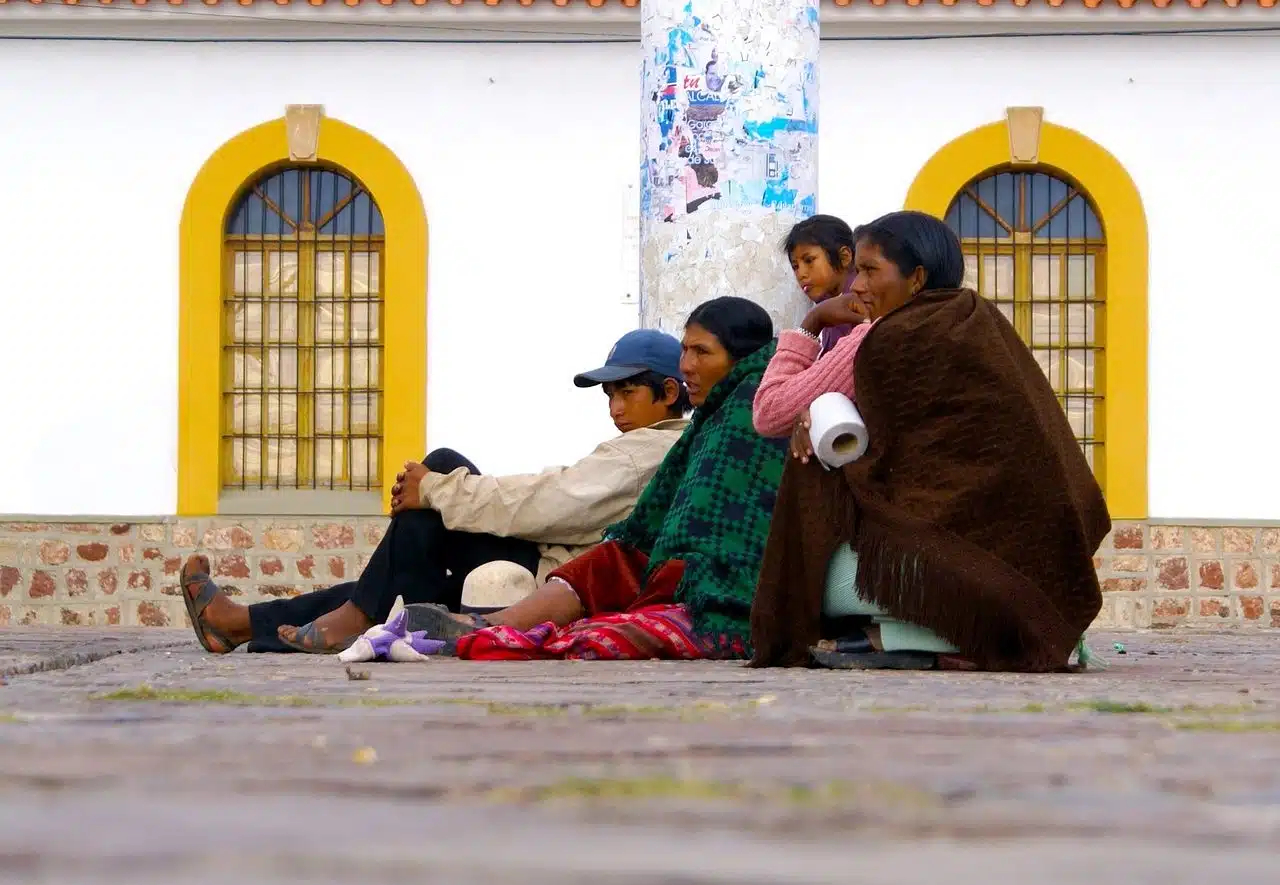
The Quechuas were aborigines who lived in the Andean region.
Quechua is a concept with several uses, which start from the same reference: the Quechuas were aborigines who lived in the Cuzco area during the process of colonization of the territory that today belongs to Peru .
Today the descendants of that ethnic group are identified as Quechua peoples . In this sense, there are Quechua populations in Peru , Ecuador , Colombia , Bolivia , Chile and Argentina , generally settled in the Andes Mountains .
The Quechua language
Quechua is also the language spoken by people of the Inca period and that reached, with different variants, to the populations that today identify as Quechua. It can be understood that Quechua is a family of languages , spoken by nearly ten million inhabitants of South America .
The union of regular roots with suffixes to form concepts with variable meanings, the conjugation of verbs for agreement between subject and object and the appeal to agglutinative morphology are some of the main characteristics of the Quechua language.

Today a family of languages is known as Quechua.
Expansion of these languages
The origin of the Quechua languages is found in Peru , mainly in its western and central regions. The break that gave rise to its two branches took place in the 5th century , and thus we can speak of Quechua I , which expanded towards the Callejón de Huailas in the north and through the eastern slope, and of Quechua II , which was It extended south through the mountains and the Pacific coast.
One of the most important expansions of Quechua took place in the 13th century , and the cause was the trade of the kingdom of Chincha , which encouraged the majority of the inhabitants of towns located in the Ecuadorian highlands and Ancient Peru to use classical Quechua. as a vehicular language . It was used by political and administrative leaders (called curacas ) to facilitate the necessary communication during commercial transactions.
This growth of the language led to its adoption in the Amazon and the equatorial mountains, as well as southern lands in which Aymara languages were spoken (also called Aru , it is a family made up of Cauqui , Jacaru and Aymara ). It was there that the last cut of the Quechua family occurred, since both variants presented significant differences.
It is worth mentioning that in various regions, Quechua was used only by the curacas while the rest of the inhabitants were limited to their own languages, as was the case in the Mochica-speaking region , located in part of the northern mountains of Peru and on the coast. When the Incas began the conquest of Chinchay Suyu, one of the four important divisions of their Empire, they adopted Quechua to discuss administrative issues and even promoted its learning in several of their provinces.
In Spanish, there are a large number of terms that come from Quechua: Canta , Carpa , Choclo , Gaucho , Mate , Pampa , Tambo and Yuyo are some of them.
Quechua as a region and brand
Quechua is also the name of a natural region of Peru , according to the classification that the famous geographer Javier Pulgar Vidal made in 1938 . The Quechua region is located in the Andes , at an altitude of between 2,300 and 3,500 meters above sea level.
Cusco, Arequipa, Ayacucho y Cajamarca son algunas de las principales cities de la región quechua.
On the other hand, Quechua is a brand of mountain sports products, which was founded in 1997 in the French town of Domancy . This company, which is sold in many parts of the world, offers items for mountaineering, hiking, climbing, adventure raids and trail running. Its name, as expected, refers to the aforementioned town.
